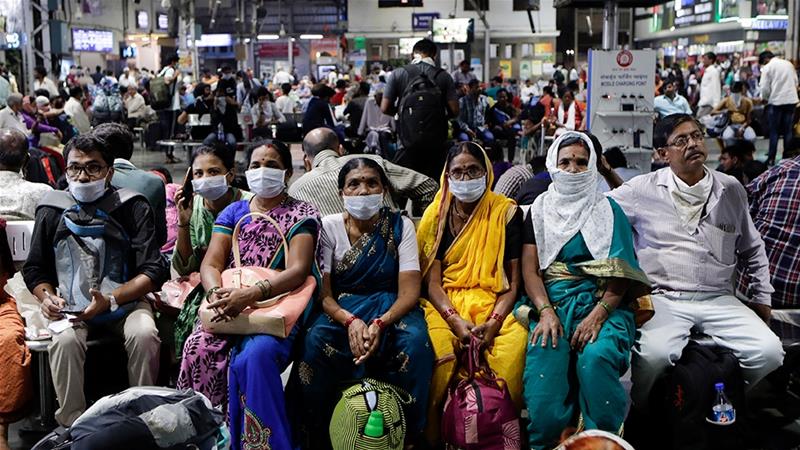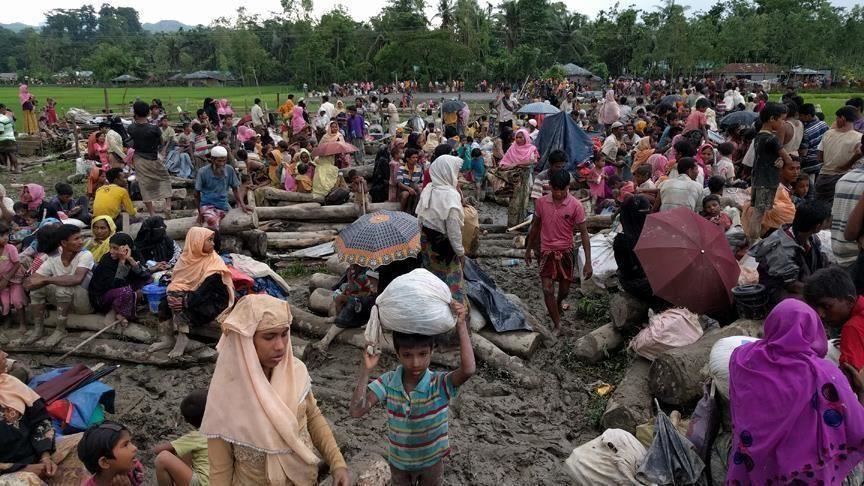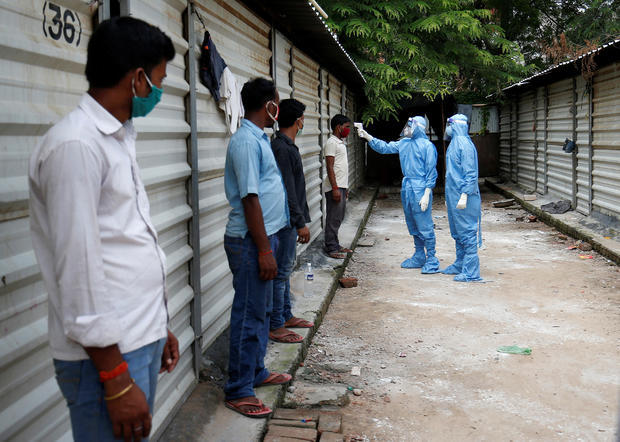India becomes second worst-hit country by coronavirus with 90,000 Daily Confirmed

According to data from the Indian government website on September 7th, as of 8 am local time on the 7th, the cumulative number of confirmed cases of new crown in India reached 4,204,613, with 90,802 new cases added within 24 hours. The cumulative number of deaths reached 71,642, with 1016 newly added within 24 hours.
This data means that India once again broke the record of 90,632 new cases in a single day the previous day, and surpassed Brazil (which reached 4,137,521 cases on the same day) to become the second worst country in the world after the United States.

The number of coronavirus cases in India has exceeded 4 million, exacerbating the suffering in the country’s vast hinterland, where the surge in population has severely weakened the underfunded medical system. Initially, the virus swept through India’s large and densely populated cities. Since then, it has been extended to almost every state, and spread across villages and small towns.
The population of India is close to 1.4 billion, and experts are not surprised. The country’s delayed response to the virus forced the government to implement a strict lockdown in late March. The economy has been shut down for more than two months, freeing up time for medical staff to prepare for the worst.
But as the cost of restraint rises, the authorities have no choice but to restart operations and carry out daily activities.
Most cases in India occurred in the four southern states of Maharashtra and Tamil Nadu, Andhra Pradesh, Telangana and Karnataka in the west. But a new wave is emerging elsewhere.
Even if the number of tests in India increases to more than one million per day, the increasing reliance on antigen or viral protein screening has caused more problems. These tests are cheaper and produce faster results, but not as accurate. The danger is that the test may mistakenly eliminate many people infected with the virus.
- Prevent Coronavirus Spreading With Right Mask: 3 Points to Know
- Steps to help prevent the spread of COVID-19 if you are sick
- Test Kit for Coronavirus: SARS-CoV-2 Nucleic Acid Detection Kit (Rapid PCR Fluorescence Method)
- Symptoms (COVID-19)
- How does ZeroVirus protect us from virus?

In Uttar Pradesh, which has the largest population in India and a limited medical system, the situation is already severe. With a total of 253,175 cases and 3,762 deaths, the hinterland countries are watching the inevitable surge, with insufficient hospital beds and other medical infrastructure.
Sujata Prakash, a nurse in the state capital Lucknow, recently tested for the coronavirus. But the hospital ward where she worked tried hard to refuse her admission because there were no vacant beds. Before being assigned to her, she waited outside the operating room for 24 hours and sat in the patient’s chair.
“The government can bathe on the petals of the hospital in the name of a corona fighter, but when the same fighter needs it, can the government not provide a bed?” Prakash’s husband Vivek Kumar said.
Others are not so lucky.

When reporter Amrit Mohan Dubey fell ill last week, his friend called the local government ambulance. Two hours later, when Dube was taken to the hospital, he died.
The reporter’s colleague Zafar Irshad said: “If the ambulance arrived in time, we could have rescued Amrit.”
The doctor said that in rural Maharashtra, there were 863,062 cases and 25,964 deaths in the hardest-hit state in rural Maharashtra. The doctor said that measures such as wearing masks and washing hands have been basically abandoned.
Dr. SP Kalantri, director of a hospital in the village of Sevagram, said: “There is behavior fatigue now.”
He said that in the past few weeks, the idea that the virus has moved from cities in India to villages has been dispelled.
Calantree said: “The worst has yet to come. There is no light at the end of the tunnel.”
